Things You Don’t Know About The Cast Of Howdy Doody
Howdy Doody debuted on Saturday, December 27, 1947, on NBC. "When the cameras rolled for the first show, we'd had no rehearsal whatsoever," Bob Smith (or, "Buffalo Bob") said in an interview with People magazine. "We didn't even have a puppet."
Howdy Doody Was Totally Impromptu at First
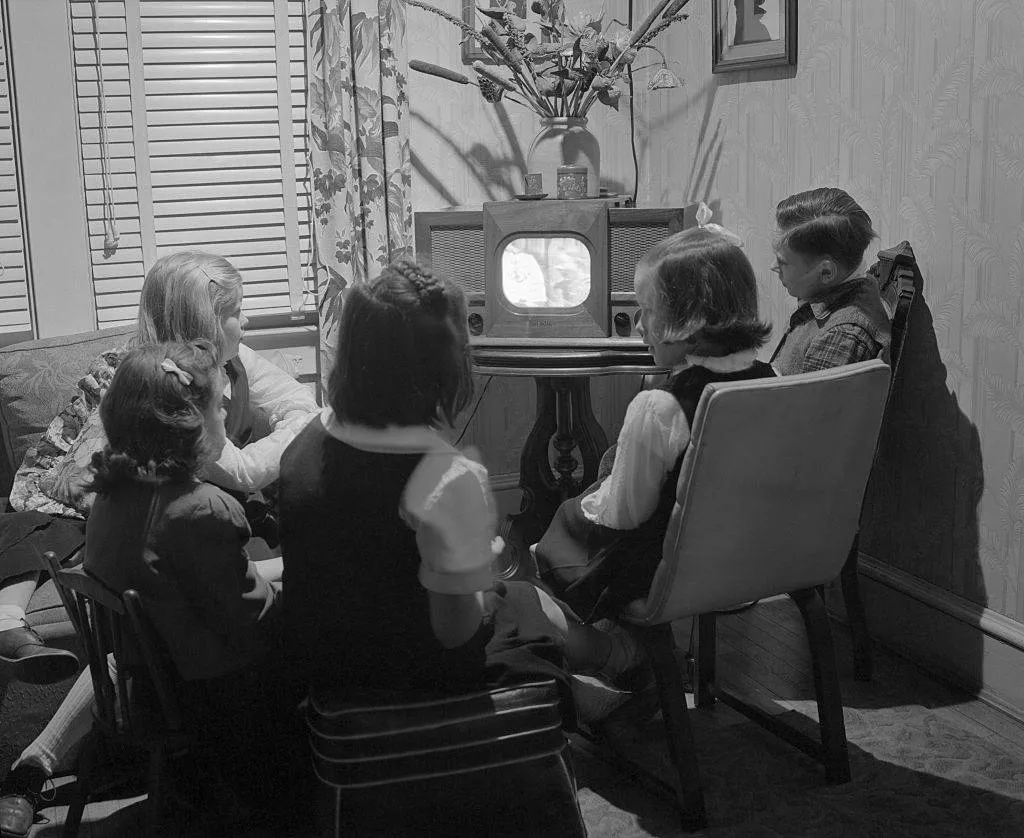
Bob hooked the first audience of children by telling them he had a friend they would love, but that he was too bashful to come out and play. "I would tell them, 'he's in my desk drawer right here.'"
The unscripted entertainment seemed to be working, because children tuned in for three weeks before Howdy Doody finally made his debut. After Howdy's introduction to the world, the show remained scripted.
Howdy Had a Stunt Double
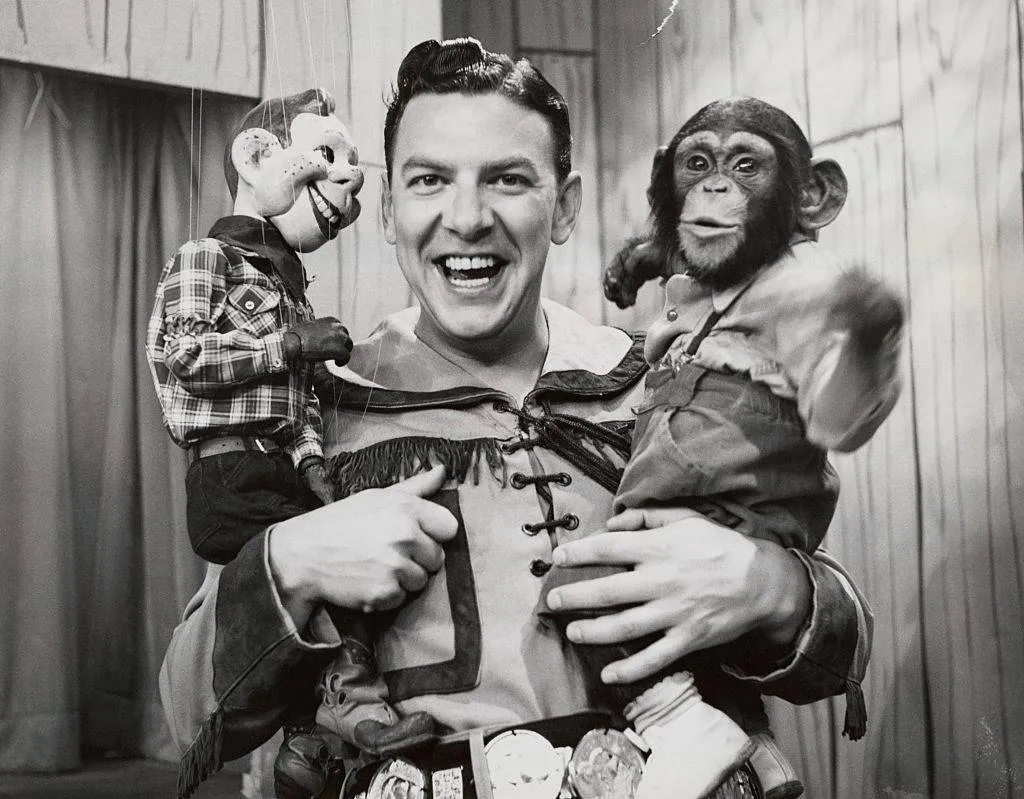
Multiple times, the team tried to replicate Howdy in order to preserve him, but no puppet ever resembled Howdy closely enough. Children were brought into test groups where they were asked if they could tell which puppet was the real Howdy.
They always could, but there was a puppet that resembled Howdy enough to be used as a stunt double for scenes that might cause some wear and tear or for far-off shots. From a distance, the children didn't notice his higher cheekbones and brighter eyes. That puppet's name became Double Doody. At the closing of the show, Double Doody was sold for $100,000 and laid to rest at the Smithsonian Institution.
The Heart Attack and the Hidden Location of Howdy Doody

Can you imagine how difficult live TV must have been back in the late forties and early fifties? There really was no break. Buffalo Bob worked so hard that he gave himself a heart attack. At this point in his career, Bob ran his own talk show called The Bob Smith Show an hour each morning, as well as a 30-min network TV show and the Howdy Doody show each afternoon.
On Labor Day in 1954, his body gave out. "I had the worst crushing pains you could imagine. I felt like trucks were running over my chest," he said. After Bob returned home from the hospital, NBC built the set into his basement in New Rochelle. Instead of a live peanut gallery, the children watched from the old station. They were told that Bob and Howdy were on a secret mission to "Pioneer Village." The crew was able to pull this off for eight months before returning to set.
Howdy: My Own Child
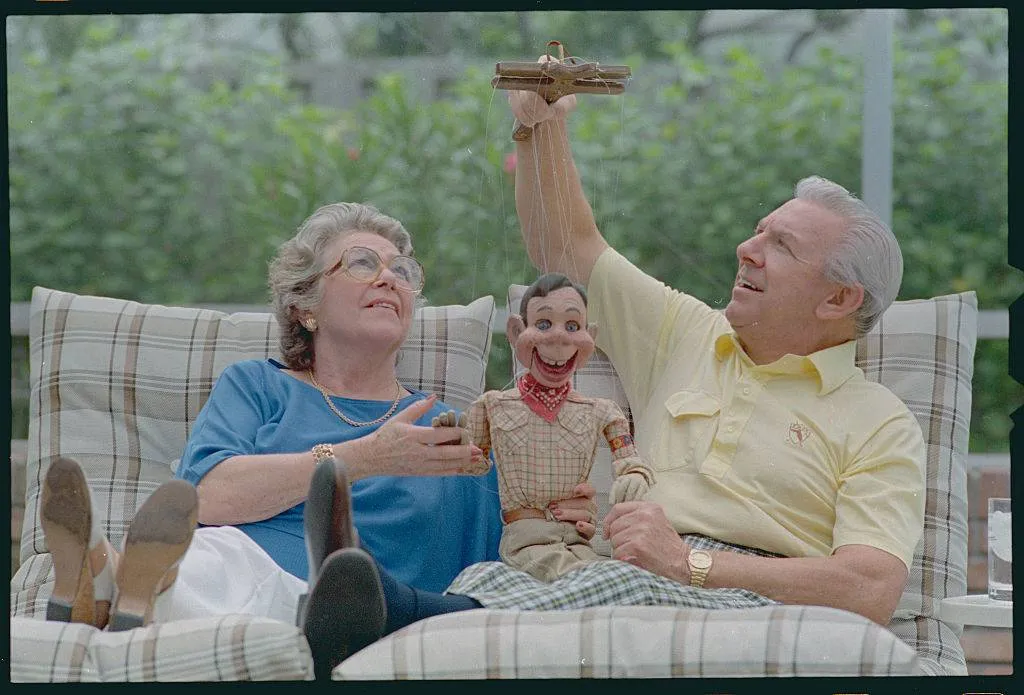
"As long as I am living, I want Howdy with me. I don’t know how much he’s worth. What are your children worth?" Bob said of his puppet partner. Until Bob's death, Howdy remained in a Plexiglas case up on top of a filing cabinet across from his desk in his home office.
"That is the first thing you'd see--Howdy looking at you with a big smile!" Bob said goodnight to Howdy every evening on his way to bed up until the day he passed. "When I didn't have laryngitis, he would say it back to me."
That Moment When Americans Actually Believed Martians Were Invading

Lovable puppeteer Buffalo Bob Smith was never any trouble to anyone. There is no dirt to be found on him from his Howdy Doody days, but he did alarm quite a few Americans during a broadcast once.
In 1949, Mr. Smith announced on his morning talk show that a space ship had landed in Virginia. He described it habitants as Lilliputian-like men dressed in 15th-century garb. Since he read it as if it was being released as a direct report from the United Press, it frightened a whole lot of people. Virginia was in a frenzy that day. Bob had to apologize after being scolded by NBC to never do something like that again.
Howdy Was Often Kidnapped by His Maker
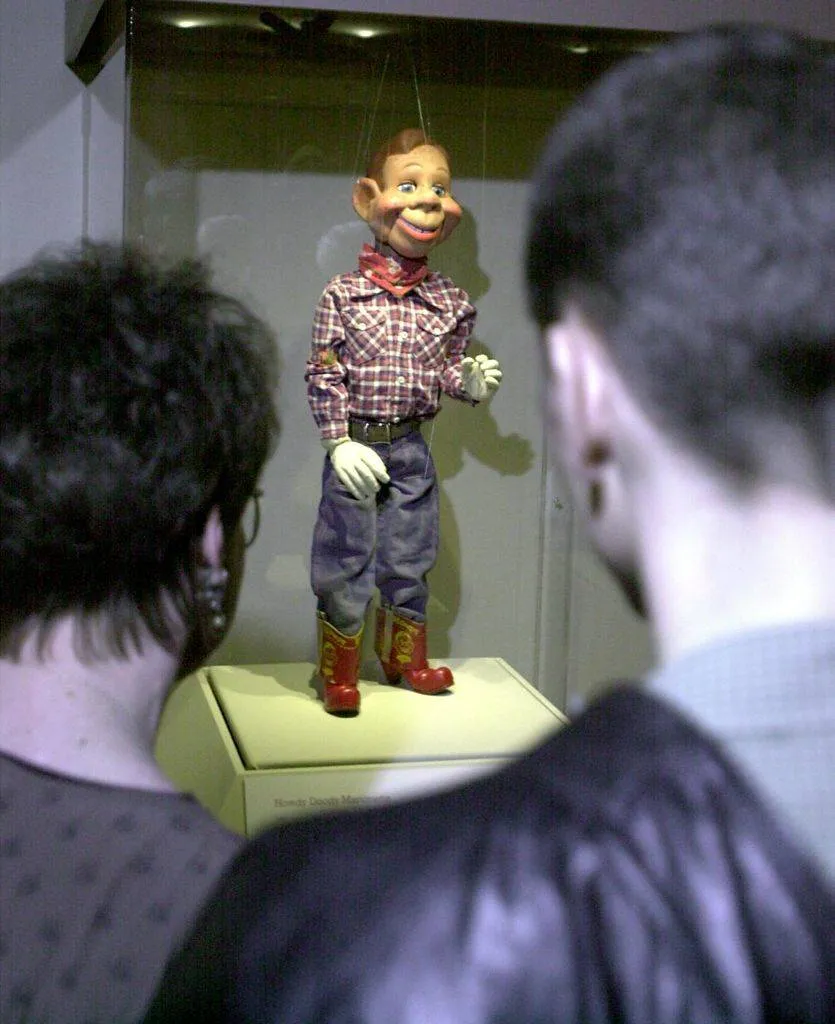
In 1948, Macy's department store called up Howdy's creator, Frank Paris, to ask about rights for a Howdy Doody doll. Even though Frank had designed Howdy, Bob Smith owed the rights. Bob and Frank fought. Frank yelled on set that he was being cheated of his financial benefits and he stormed out with Howdy in hand.
The show had to air a few hours later without Howdy. If anyone remembers the episode where Buffalo Bob told the children that Howdy was busy getting plastic surgery to make him more presentable for the campaign trail, it was actually because there wasn't a puppet for the show. Despite all the plastic surgery, Howdy didn't win the presidency. Yes, the script worked, but it was an awful thing to teach children.
Howdy's Face Was a Hidden Message
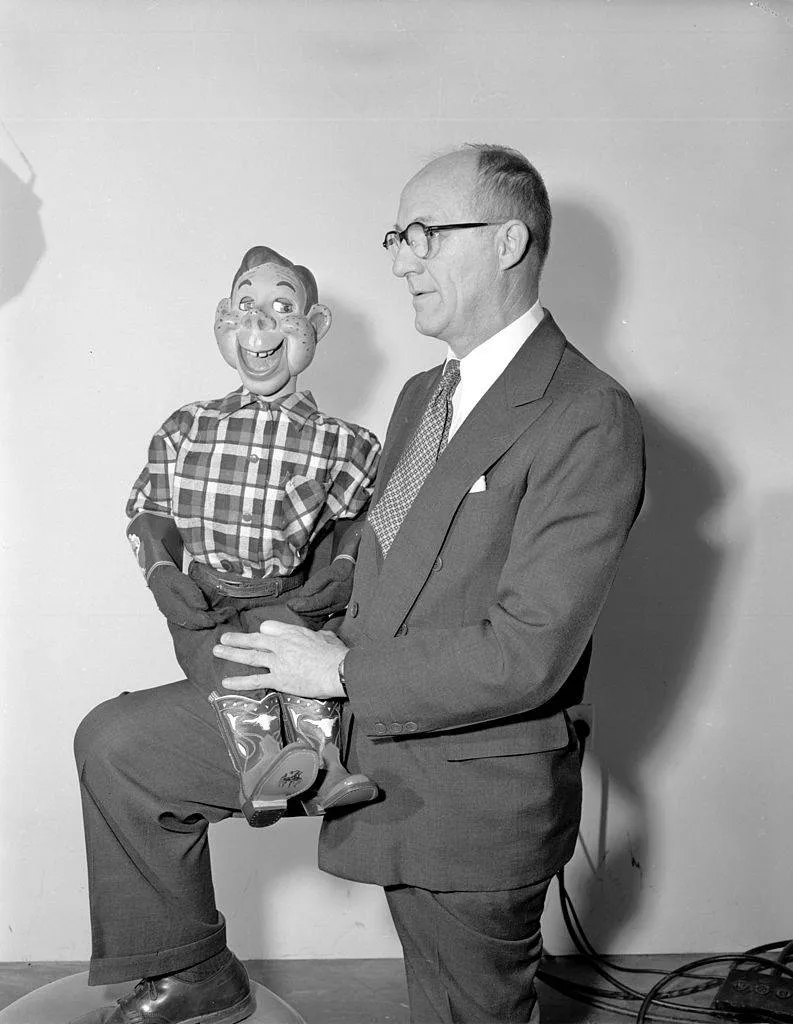
Howdy Doody was a red-headed freckle-faced boy, but did you know his freckles actually meant something? Howdy had 48 freckles, one for every state of the union at the time of the show's start. This all-American puppet was actually crafted to be comforting to children whose fathers were off training or fighting wars.
The U.S. was involved in four wars during the lifespan of Howdy Doody: The Cold War in the late forties, the Korean War and Cuban Revolution through the fifties, and the beginning of the Vietnam War. Howdy Doody ended when the United Stated entered the Vietnam war and all broadcasting was being dedicated to cover it.
Clarabell the Clown and His Crude Behavior

Bob Keeshan was the first of three actors to play the role of Clarabell the Clown. After leaving Howdy Doody because of his dissatisfaction over his minor role, he went on to become the famous Captain Kangaroo.
Before every taping, the crew of Captain Kangaroo had to brace themselves for the indecent exposure that Bob Keeshan usually displayed. “Unbeknownst to the little viewers, Cap’n Bob would take it upon himself to take out his ‘weenie,’ put a pencil under it, and wave it at Lumpy,” stage manager Daniel B. Morgan reported. Bob's sidekick on the show, "Lumpy," grew sick of it one day and peed on Bob's leg while he was finishing a voiceover. That was the end of all mooning.
Howdy Doody Helped Birth Charlie Brown

Howdy Doody merchandise was everywhere in the 1950s. Children had Howdy Doody bed sheets, Howdy Doody kitchenware and Howdy Doody bikes. Without the Peanut Gallery (where the children interacted with the characters) the show wouldn't have been a success. Building off of this success, executives at United Features Syndicate got permission to use the name Peanuts for syndication of Li'l Folks comics, created by Charles M. Schulz.
The first comic was released in 1950 and bloomed alongside the Howdy Doody show for about ten years. Charles M. Schulz pulled from the Howdy Doody show fan base to sustain his career. It worked. Children of the fifties grew up calling themselves little peanuts, so they felt like the show and the comics were written just for them. What parent wouldn't contribute to this capitalization?
Happy Days Helped Return Howdy Doody
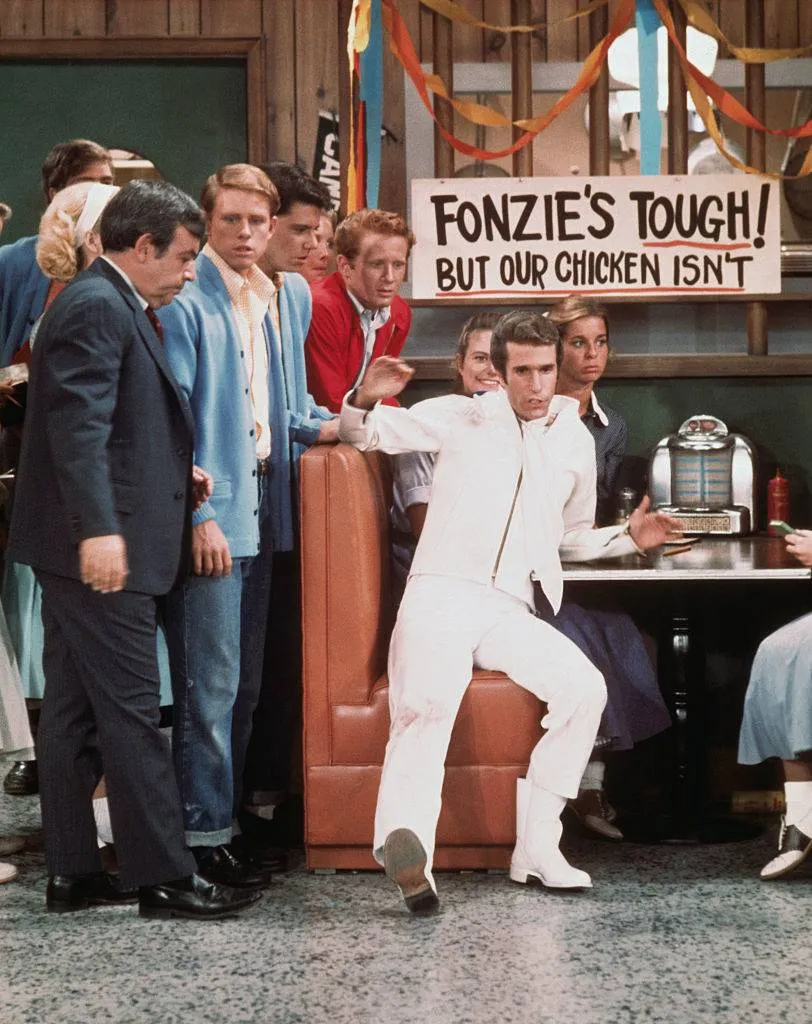
In the 1970s, Happy Days aired an episode called "The Howdy Doody Show" in which they brought back Bob Smith as Buffalo Bob. This exposure birthed the idea to produce a New Howdy Doody Show, which NBC agreed to. The show aired for only one year, but a total of 130 episodes were released. They gave Howdy actual hair to modernize him. Children didn't seem to appreciate it.
The studio audience was still called the Peanut Gallery, but it included older kids and their parents, to eliminate some of the mishaps from the earlier tapings. The effort wasn't well received. The audience/cast interaction from the earlier days wasn't the same. The show couldn't build a fan base, so it flopped.
Howdy Was Based Almost Exactly on the Show's Writer
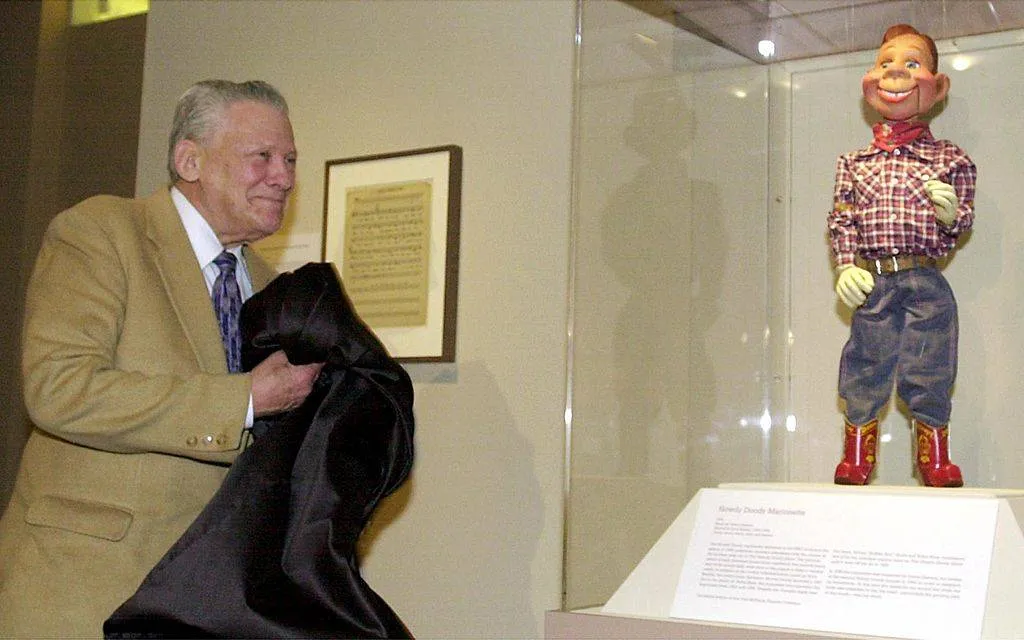
Eddie Kean was the writer who developed Howdy Doody's mannerisms. He claims to have processed his childhood through the character of puppet. "The character of Howdy Doody was a sissy," said Eddie, "just like I was."
As a child, Eddie was soft-spoken, never confrontational and never did what he truly felt. "I never hit anybody, even if I wanted to." Eddie claims that he purposely made Howdy dull to see how the Peanut Gallery would embrace him. He was able to keep Howdy in disagreement with Buffalo Bob most of the time. The dialogues were a perfect balance between dull and confrontational.
Bob Went into Showbiz after Father's Near-Death Experience
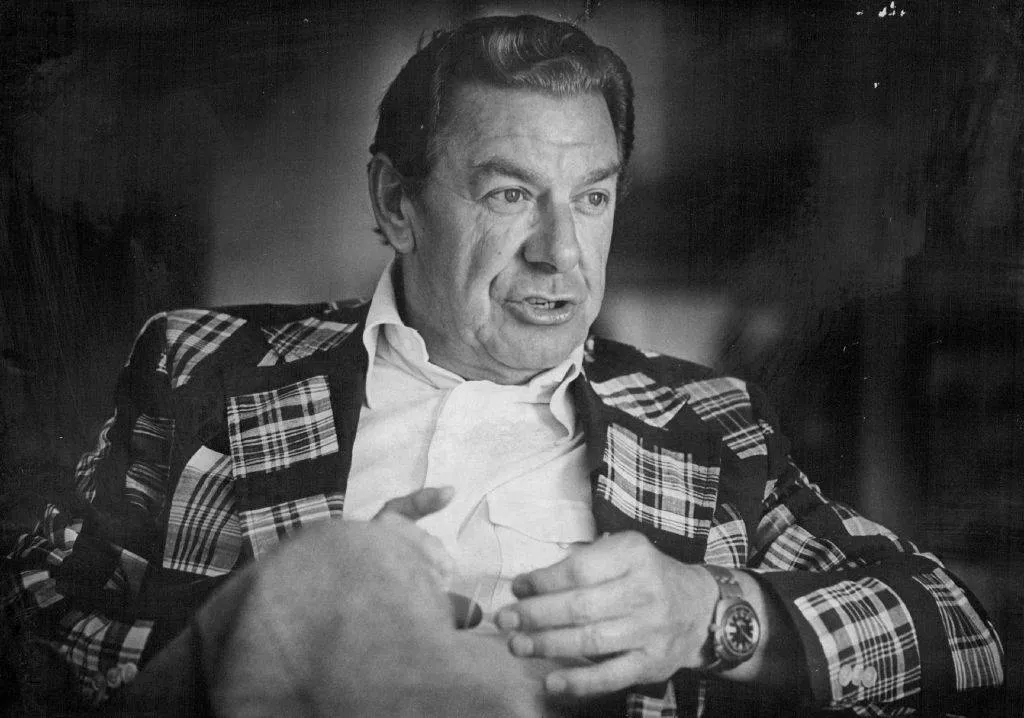
Bob Smith's father worked as a coal miner in Illinois when he was a boy. One day, the cave where his father mined collapsed, killing all but three of the workers. Bob's father was one of the three who survived. Bob's parents decided to quit the mining industry and move to Buffalo, New York to go into carpentry. That's when Bob's parents started encouraging him to play piano and write out his dreams.
When he turned fifteen, Bob took a job singing on a radio show in Buffalo. He soon joined a three-man group called the Hi-Hatters, which started his career and the career of Foster Brooks, the famous drunk in Dean Martin's 1970s television program.
College Life in the '70s: Peace, Dope, and Buffalo Bob
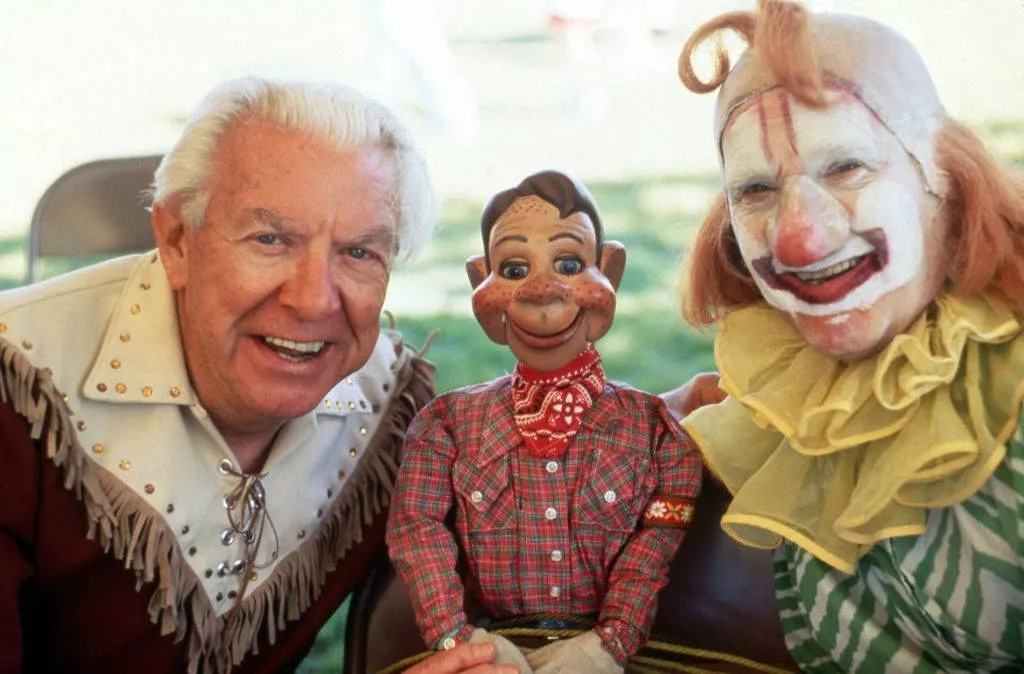
In the 1970s, Buffalo Bob was a regular speaker at the University of Pennsylvania after a college student invited him to help them return to the good old days. Among these students were some of those who had been a part of the first audience of the Howdy Doody show. Tired of war and violence, they were nostalgic for their old friend.
Bob said this to the Times in 1971, "The students want to see days with no draft card burnings, no war and no dope." When one student asked Bob if he'd ever smoked, he laughed and said, "I tried, but it stunted my growth."
Buffalo Bob Didn't Like How His Fans Grew Up
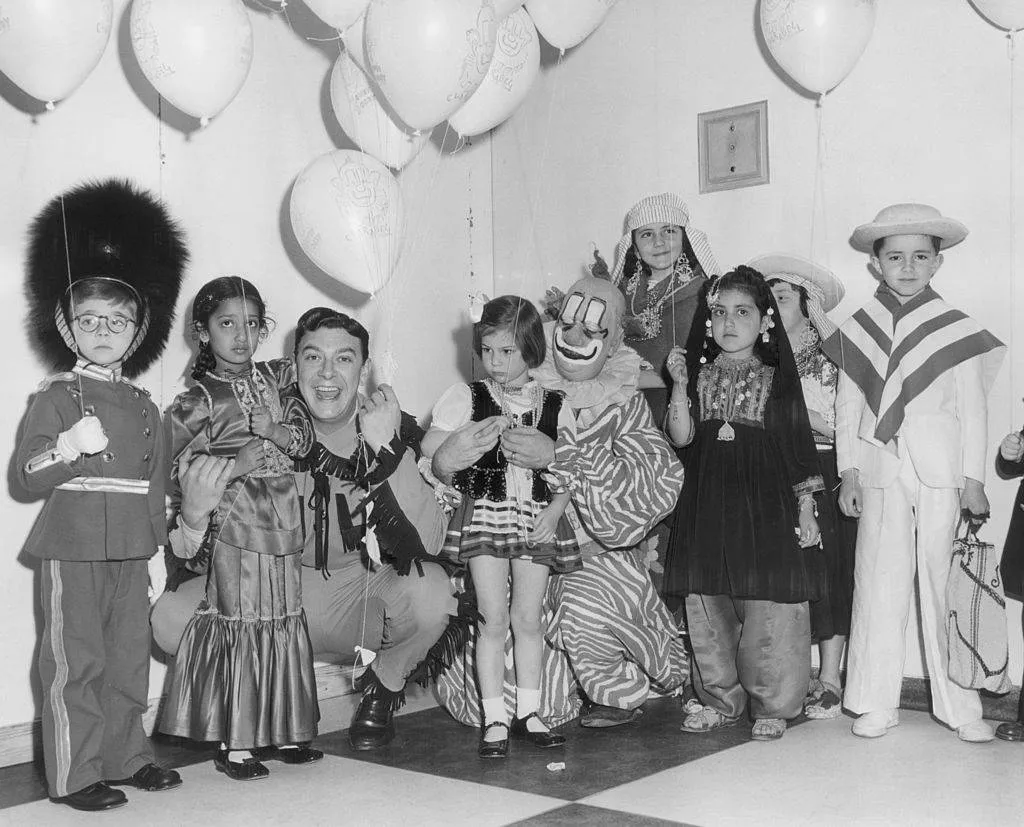
In the forties and fifties, children lived very sheltered lives. Part of the mission statement of NBC was to preserve innocence in children, which is why Bob found it ironic when the generation of his first viewers were the ones to usher in the sexual revolution.
After receiving some challenging fan mail, Bob released a statement to the press, "I can't help but reflect on the effort network censors have gone through in order to protect the innocence of children of the Fifties. I guess for every action, there's an equal and opposite reaction." In other words, Bob felt his audience was abandoning the morality of their youth.
The Freak Accident That Killed Judy Tyler
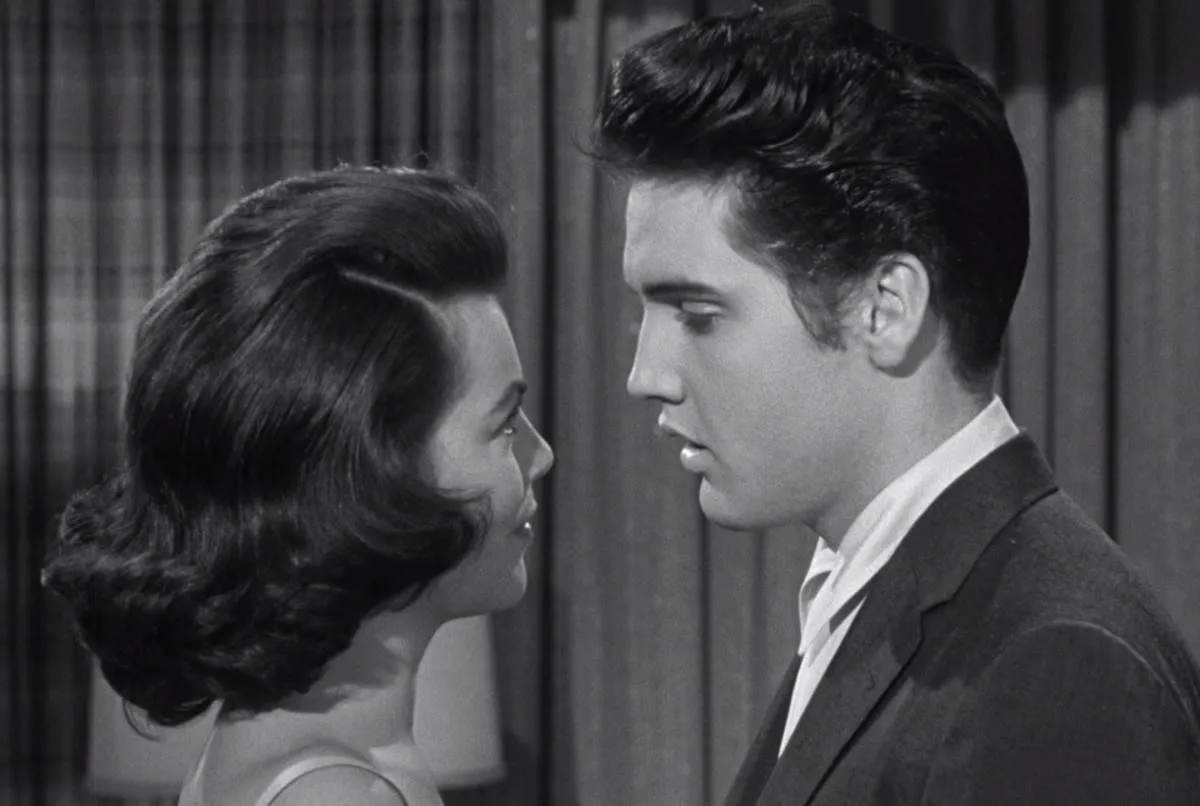
Shortly after filming episodes for Howdy Doody and completing the Presley movie, Judy and her husband, Greg, were driving from Hollywood to their home in New York when their lives were tragically taken.
While winding through Wyoming on U.S. Route 287, a car towing a trailer lost control in front of them and collided with their vehicle. The accident was so brutal that Judy's body was cut in half, killing her instantly. Her husband tried to save himself and ended up snapping his own spine. He was taken to the hospital, where he soon died of his injuries.
Top Down and Drink in Hand

There are no scandals to be found in the life of Bob Smith. Family man and wholesome human being, he's never been pulled into the temptations that come along with showbiz.
Bob was married to his high school sweetheart, Mildred, for over 50 years. At the end of his life, he and his wife wrote a song to the tune of the Howdy Doody theme song that pretty much sums up their retirement, "It's martini time. It's martini time. Just mix vermouth and gin and drop an olive in. Now that our work is done, it's time to have some fun. No sense of feeling low. So gang, let's go." In his 70s, Bob drove around with a license plate that read: The Buff. He certainly deserved to relax in the sun and drink martinis all day after baby-sitting America's children for decades.
Bob's Slow Fade from the Public Eye

After the show's end, Bob became owner of three Maine radio stations and one liquor store. He sold the enterprises towards the end of his life and traveled between Maine and Florida each year with his family. He spent his time fishing and golfing, surrounded by his children and grandchildren. Howdy was always with the family. He traveled with the Smith clan until Bob passed.
Bob's three children: Robin, Ronald, and Christopher never went into showbiz. They've purposely kept themselves out of the media. You can barely find photos or facts on any of Bob's family members, actually.
Custody Battle over Howdy Doody

Howdy Doody has been at rest at the Detroit Institute of Arts for many years now. Even though his partner, Buffalo Bob Smith, was from Buffalo, New York, it didn't seem to bother Bob's family to have Howdy's resting place in a state other than his own.
When Bob passed in 1998, a handful of groups believed they had the right to protest Howdy not be taken to Detroit, but since the Detroit Institute of Arts has the largest collection of famous puppets in the world, Detroit won the custody battle and there Howdy remains. I guess there are some good reasons to visit Detroit!
Early Beginnings
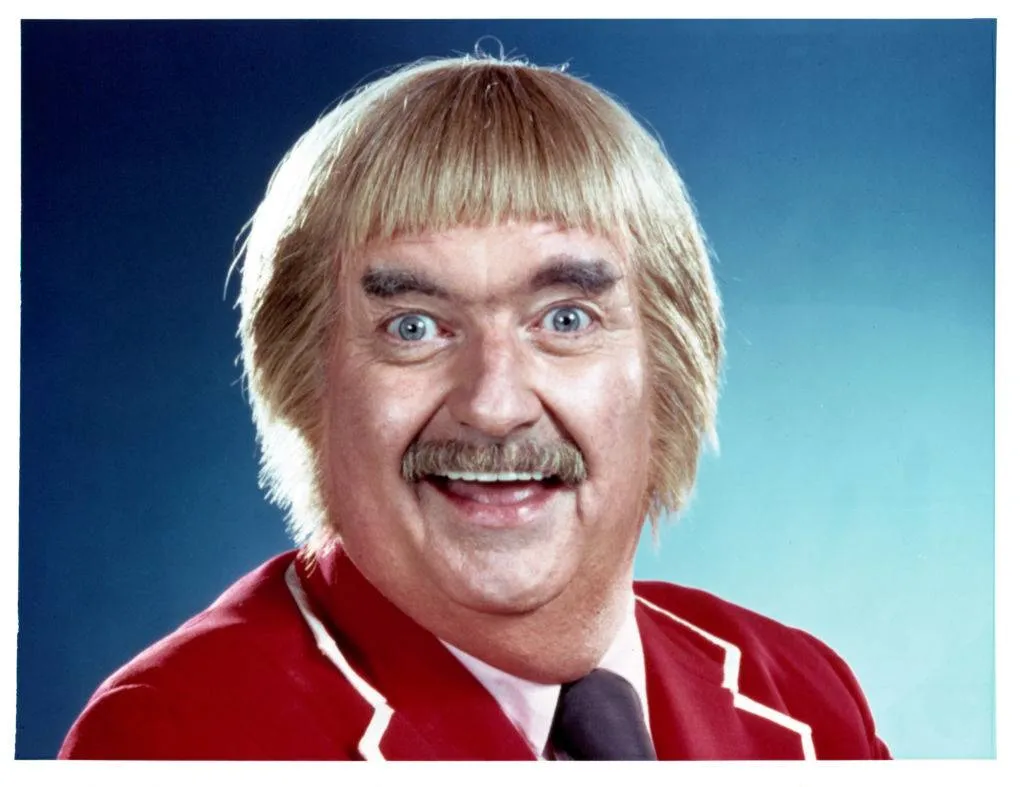
You all know Clarabell the Clown. But just how did he come to be such an integral part of the show? Bob Keeshan, who is mostly known for his work as Captain Kangaroo, first worked on Howdy Doody but his beginnings are arguably just as humble as Smith's.
Keeshan got a job at NBC in New York as a fourth-floor receptionist. His tiny desk was located next to the office of Buffalo Bob Smith and the two began working together closely. After Buffalo Bob obtained his Saturday morning show, Keeshan was the one who was seating the children and handing out prizes in the studio audience for Howdy Doody.
Clarabelle the Clown
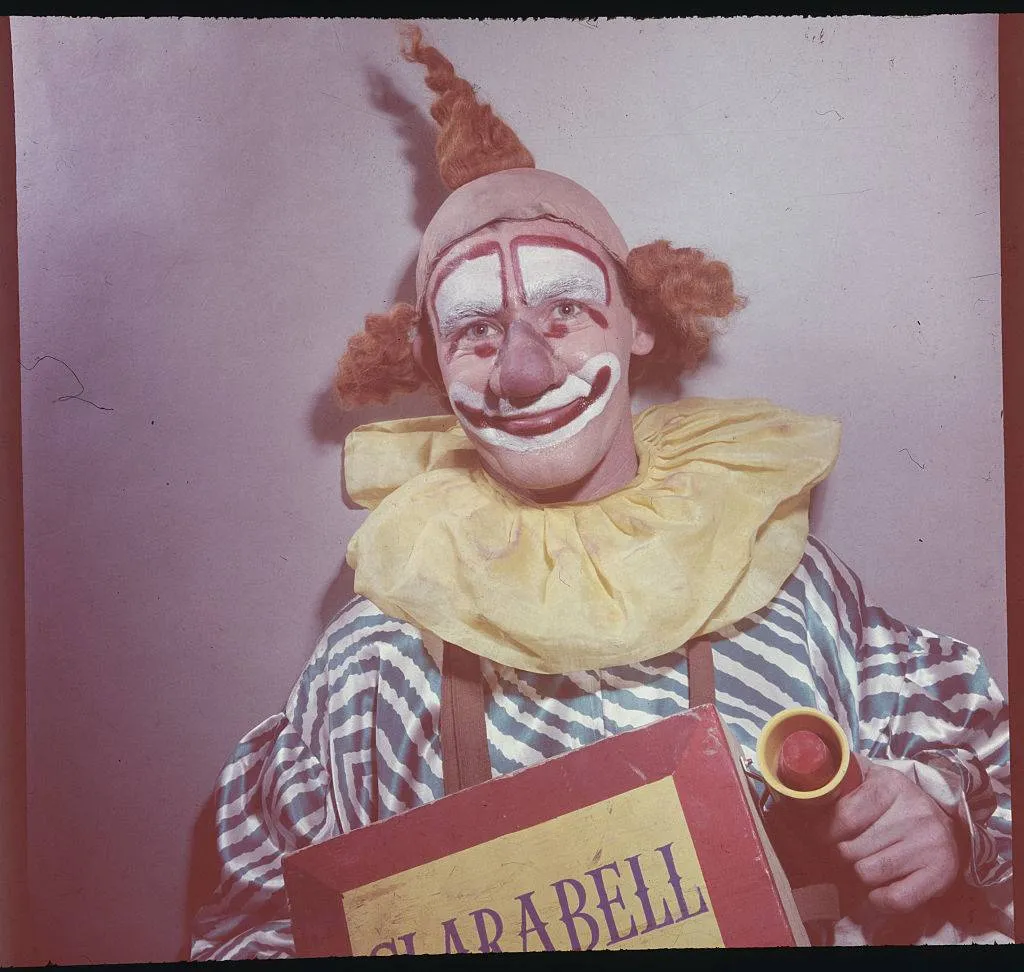
At one point early on in Howdy Doody's history, the Howdy Doody puppet was absent from the show. While Buffalo Bob worked on getting a new puppet, he needed something or someone else to keep the children's' interest. Bob Smith asked his colleague Bob Keeshan if he'd be willing to help out since he was already so involved with the show setup.
Just how was Keeshan asked to help out? Well, Smith asked Keeshan if he was willing to dress up as a clown. On January 3, 1948, Keeshan debuted on television as Clarabell the Clown, a silent clown who communicated with horns and bells. Clarabell's most popular bit? Spraying Buffalo Bob in the nose with seltzer!
Pay Up!

Keeshan's taking on of the Clarabell role was already in conjunction with his job as a receptionist. So when he first started playing the playful clown, Keeshan was offered no pay increase. To help make up for this, Bob Smith offered Keeshan five extra dollars a week out of his own pocket.
Soon, NBC came to their senses and realized that Keeshan was doing more work than he was getting paid to do. As a result, they increased his salary to $35 a week, which was more than twice what he made as a receptionist! Keeshan played Clarabell for about two years.
The Misunderstanding
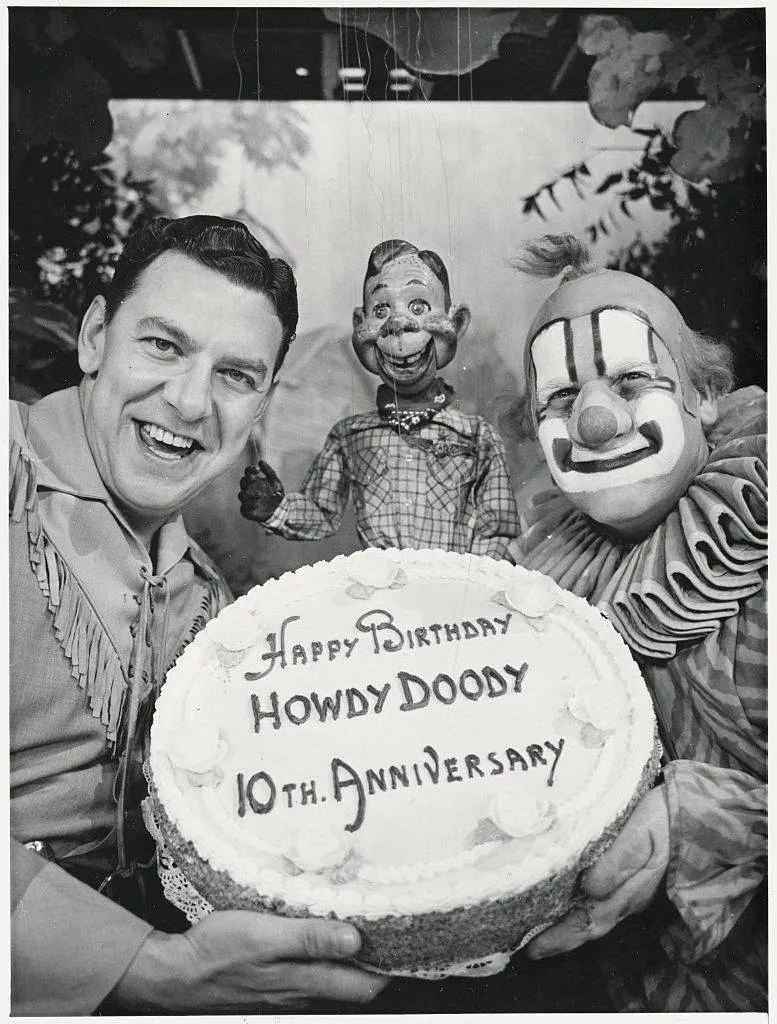
Unfortunately, Keeshan's time as Clarabell would end up coming to a somewhat bitter end. In 1950, Bob Smith suspected Keeshan and other cast members of trying to start a union. By 1952, Keeshan was fired from the role of Clarabell. Things didn't end up so bad for Keeshan after that since he went on to have his own children's program, Captain Kangaroo, which was just as successful.
But wait, if Keeshan was fired, how come Clarabell remained on the show? Well, Smith took care of this by simply hiring a replacement clown. Clarabell the Clown would be portrayed by three different actors in his lifetime.
The Second Clown
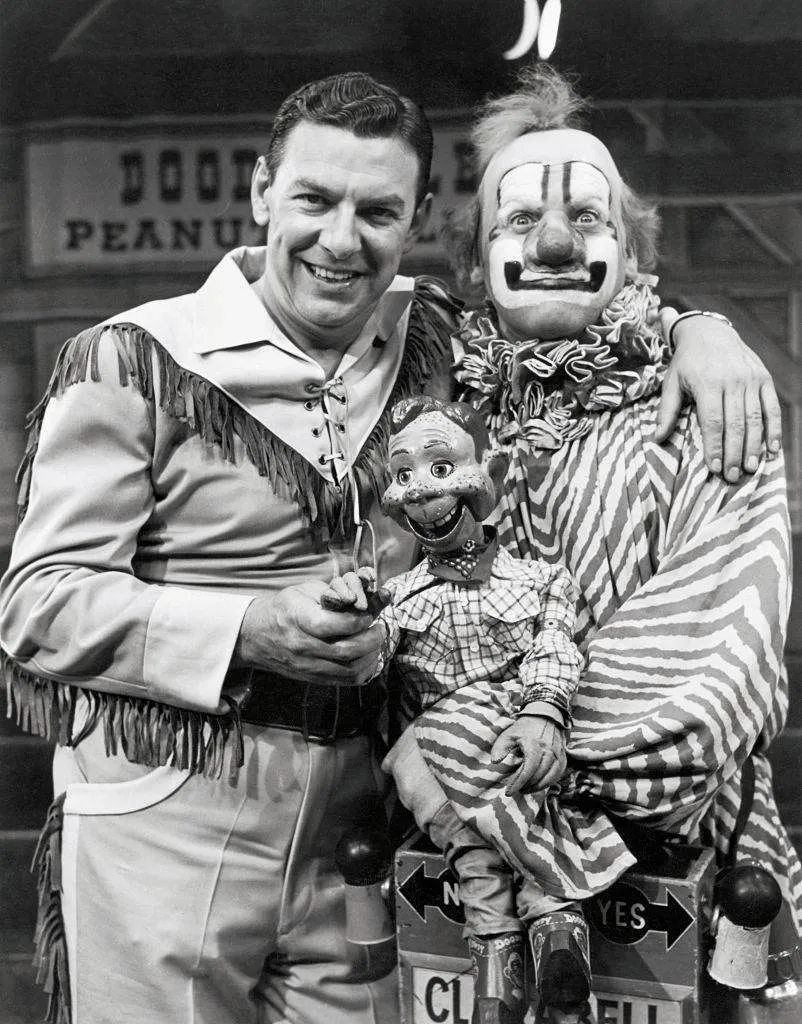
Actor and musician Bobby Nicholson replaced Keeshan as the second Clarabell the Clown. Nicholson was originally hired by NBC director E. Roger Muir to play trombone for The Howdy Doody Show. Bob Smith himself personally requested Nicholson's hire since they had known each other back in his hometown of Buffalo.
In addition to playing instruments for the show, Nicholson played various characters in the show's early iterations. Nicholson's most notable character role was that of J. Cornelius "Corny" Cobb, who was a shopkeeper. Ironically, the character Corny hated clowns but Keeshan's departure prompted Smith to ask Nicholson to play Clarabell for a short time.
The Third Clown

Nicholson's tenure as Clarabell wouldn't last long either since he requested that someone else take over. After he gave up the Clarabell role in 1954, Nicholson continued to play Corny and other supplementary characters on the show. But who replaced him as Clarabell? Musician Lew Anderson was next.
Lew Anderson is the best-known incarnation of Clarabell. Anderson played Clarabell the Clown from 1954 to 1960. He had the opportunity to speak Clarabell's one and only line throughout the life of the entire show. On The Howdy Doody Show's final episode in 1960, Clarabell says, "Goodbye, kids" with a visible tear in his eye.
The Best Clarabelle

It has been rumored that Buffalo Bob Smith hated Clarabell the Clown, often demeaning the character in subtle ways on the show. But the kids loved him. Whether or not the rumor is true, Smith did have an opinion on who played Clarabell the best and that honor was bestowed upon Lew Anderson, the third guy to play the mute clown and the one to have played him the longest.
When the Clarabell part opened up for the third time, Anderson was asked to play Clarabell even though he had no special talents. First considering it as just a job that paid more than $400 a week, Anderson's fame as Clarabell skyrocketed and lasted for decades.
Howdy Doody For President
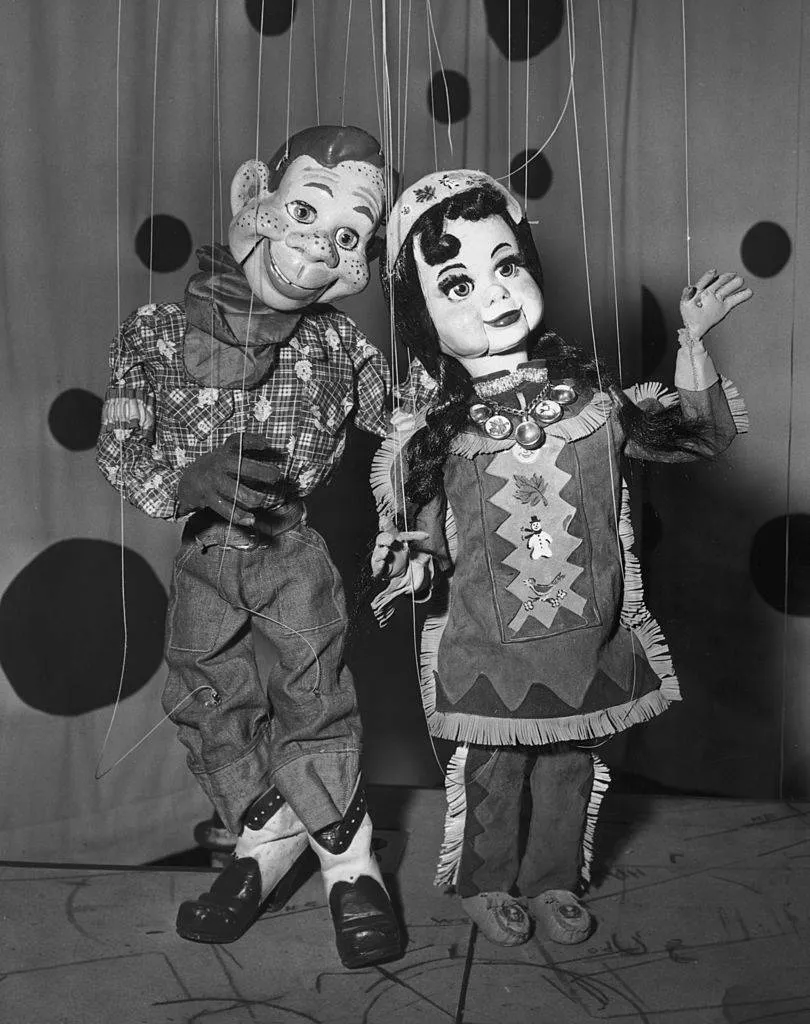
The Howdy Doody Show creator E. Roger Muir had the idea of Howdy Doody running for president of the boys and girls of America. On March 4, 1948, Howdy Doody announced his candidacy for president. Of course, the adults didn't take this seriously, but the kids' response was enormous, prompting 250,000 requests for "I'm for Howdy" campaign buttons.
Howdy Doody's platform included two Christmases and a shorter school year. Speaking of school, Howdy Doody proposed history books that focused more on pictures than on words. The beloved puppet even went so far as to advocate for free admission to circuses and rodeos.
The Advertisers Play Along

Advertisers saw the overwhelming response from children and decided to capitalize on it. As a part of Howdy Doody's campaign, children were urged to vote for their candidate in a form that was printed and distributed on the ends of Wonder Bread bags. Post Cereals put Howdy Doody for President rings in their cereal boxes.
At the end of the election, of course, Howdy Doody didn't win, but the results with him accounted for will surprise you. It was reported that Howdy Doody would have placed third in that year's election, behind Harry Truman and Thomas Dewey. Howdy Doody would have earned ten times the votes than the fourth presidential candidate, Henry Wallace.
A Man Of Many Voices
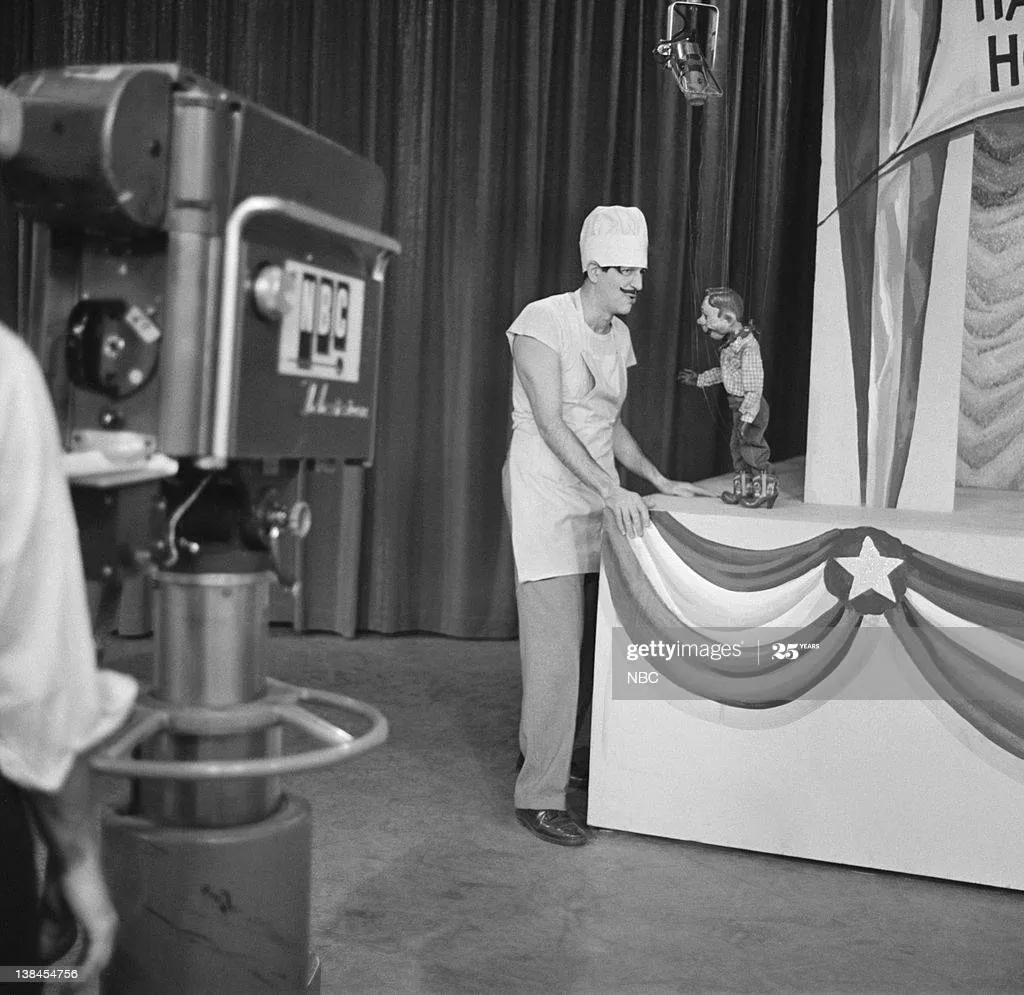
One man who was an integral part of The Howdy Doody Show was Dayton Allen. The comedic voice actor provided the voices for Phineas T. Bluster, Flub-a-Dub, and other puppets on the show. He got his start on radio and before working on Howdy Doody, spent five years on another children's program called Winky Dink and You.
If you ever thought his voice sounded familiar, then you wouldn't be wrong. He also provided the voice of cartoons Deputy Dawg, Heckle and Jeckle, and Luno, among others, throughout the '60s. He is perhaps best known for saying, "Why Not?" on NBC's The Steve Allen Show.
Buffalo Bob's Beginnings
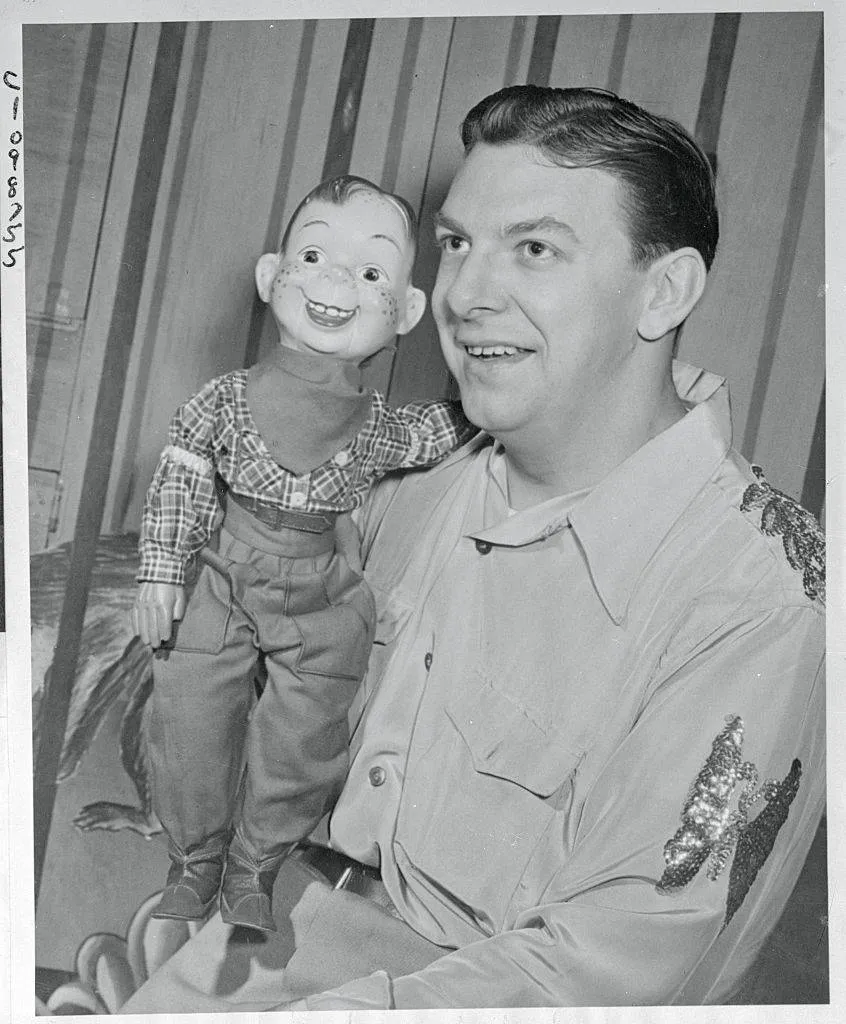
Although he is primarily known as Buffalo Bob Smith, little is known of his life before his famed puppet friend. Born Robert Emil Schmidt in Buffalo, New York, Smith got his start in entertainment working for the radio in Buffalo. He hosted morning radio shows after spots opened when NBC personality Jack Paar was drafted into the military.
While working for the radio, Smith hosted a number of shows as he worked to help get his network's shows in the number one spots in the nation. Although you could only hear the shows back then, Smith offered a colorful and entertaining show with his vocal talents as he was able to do many different voices.
Bring On Howdy Doody

You'd be surprised to hear where exactly Howdy Doody gets his looks from. Apparently, he was based on a caricature of Buffalo Bob's real-life sister, Esther, whose likeness inspired the doll. The character developed soon after.
Smith told New York Daily News that Howdy was born on the Big Brother Bob radio show, saying "I did this Mortimer Snerd-ish character called Elmer, who said this: 'Ho, ho, ho, howdy doody!' When kids came in to see the show they were disappointed. They said, 'We want to see Howdy Doody.'" The demand for this puppet gave Smith an excellent idea and a perfect opportunity.
Selling The Show
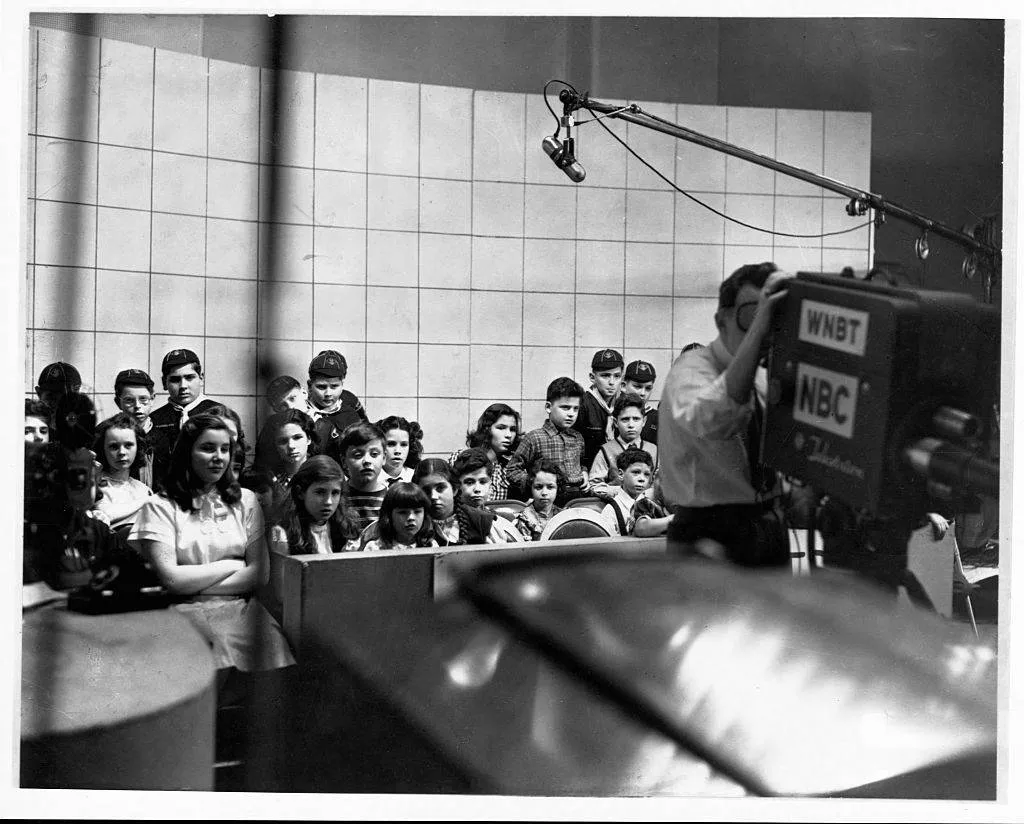
At the same time that Smith realized the kids wanted more Howdy Doody, NBC just happened to be looking for children's programming. He decided to pitch the idea of a marionette called Howdy Doody. Smith told New York Daily News, "We learned on Tuesday the 23rd [of December 1947] that we were going to be on the following Saturday. And we didn't have a Howdy!"
NBC was eager about the show and wanted Smith to start right away. The only problem was that he didn't have a puppet yet. That is why, as previously mentioned, he had to go three weeks without the Howdy Doody puppet, pretending that Howdy was in his desk and too shy to come out.
Plenty Of Sponsors
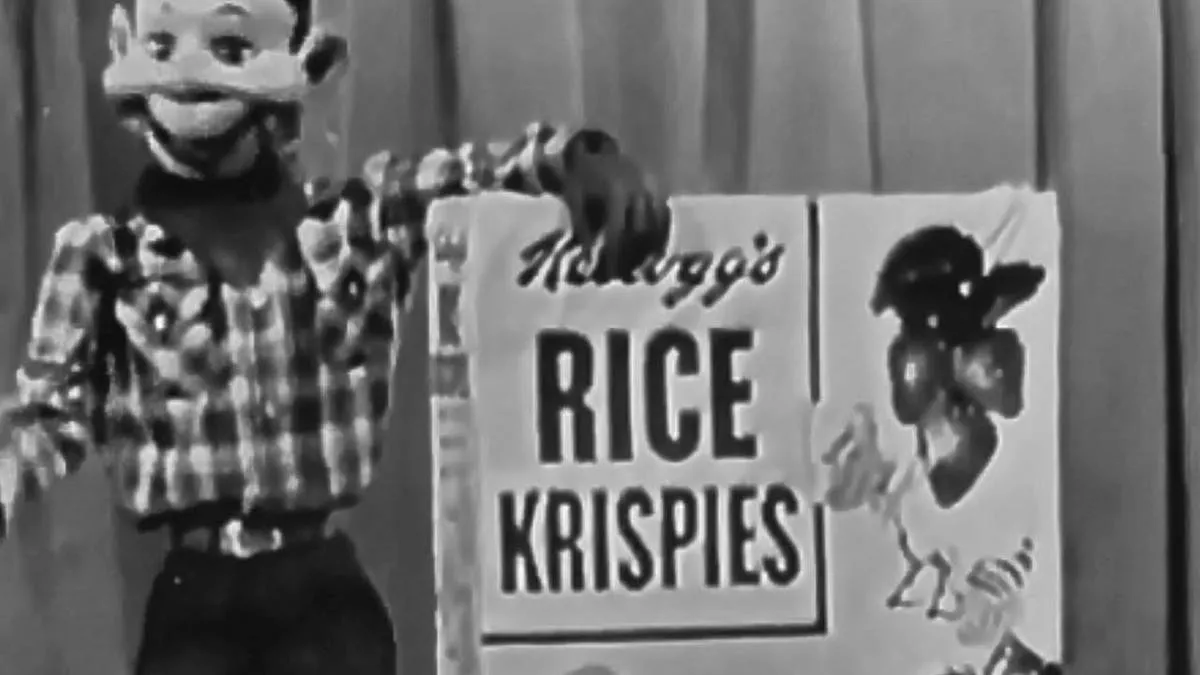
With so many children watching the show, advertisers and sponsors found the perfect opportunity to try to get parents to buy more of their products. Of course, Buffalo Bob wouldn't have any sponsor that had a negative effect on kids. "We were not an education show, but we always strived for parental approval. We would never take a client or advertiser whose product parents wouldn't want to buy for their kids," Smith told New York Daily News.
The sponsors included Wonder Bread, Hostess Twinkies and Cup Cakes, Colgate toothpaste, and Welch's grape juice, which Smith said is "One of the finest products I've ever been involved with. "
The Man Who Funded The Magic
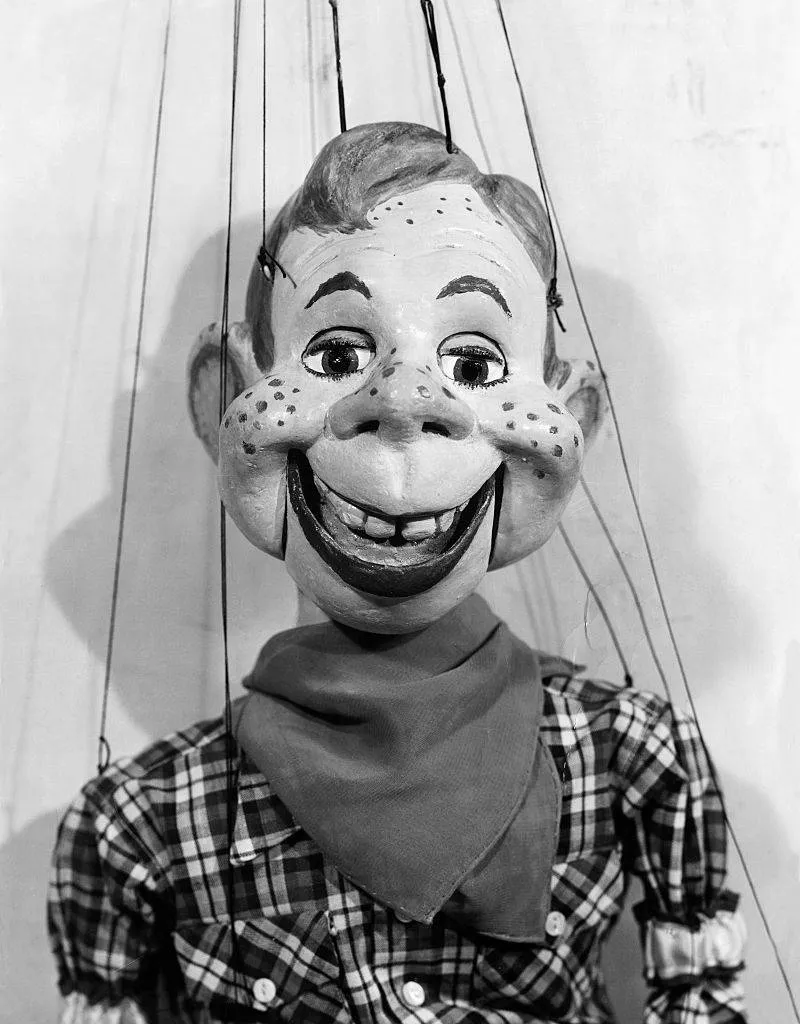
The man who produced The Howdy Doody Show was E. Roger Muir, a television producer who helped provide some of the most watched shows throughout the Baby Boomer era. Having studied photography while a student at the University of Minnesota, Muir went on to serve in the U.S. Army during World War II, where he worked in a film production unit.
After the war was over, Muir decided to enter the entertainment business, finding a job at NBC at the suggestion of a fellow soldier. In addition to producing The Howdy Doody Show, Muir also was behind shows such as Who Said That?, NBC Opera, The Wide, Wide World, and Your Hit Parade.
Howdy Doody Was A Little Racist

But then again, it was the '50s. Another important character on the show was Chief Thunderthud, who was of the fictional Ooragnak tribe (which is just kangaroo spelled backward). With a Native American headdress and face paint, he would enter the show and say "Me, heap big chief, Thunderthud, need-um squaw." Chief Thunderthud is also credited with coining the term "Kowabunga."
This character was portrayed by actor Bill LeCornec, who also provided the voice for the puppet Dilly Dally on the show. With little information to be found of the actor, his only acting credits appear to be associated with Howdy Doody.
The Canadian Version
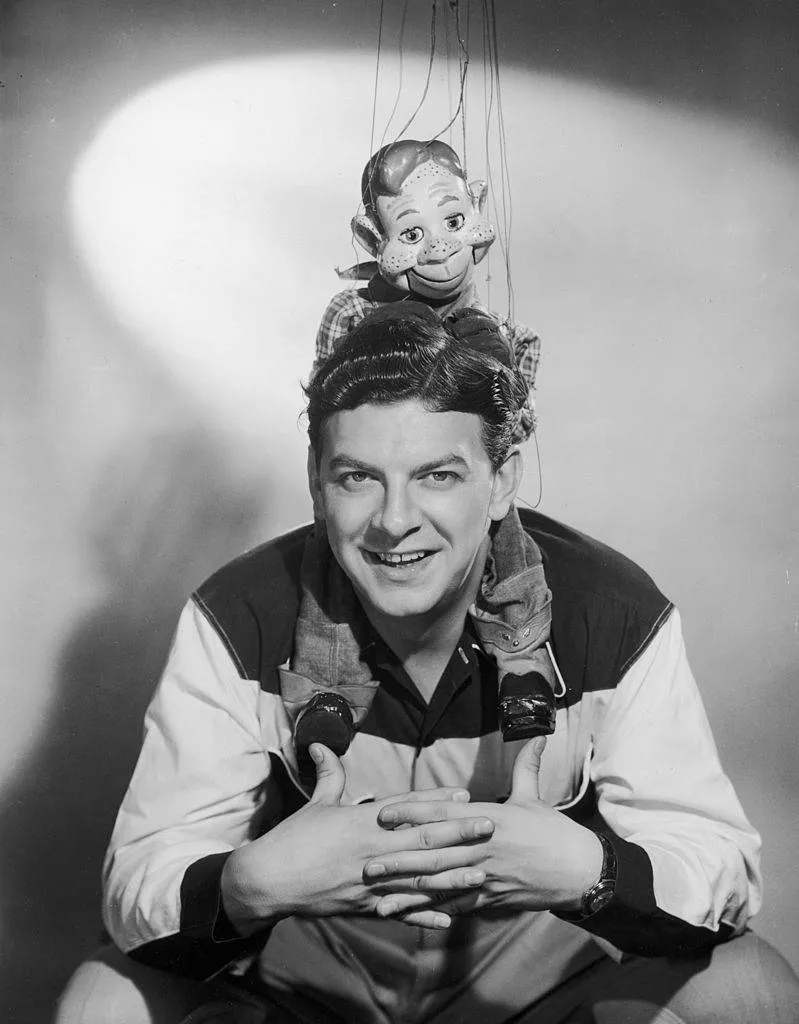
Because The Howdy Doody Show became widely popular in the U.S., other countries began to integrate children's programming of their own as television entered homes all over the world. The producers of the American version of the show helped launch the Canadian version as well. On November 15, 1954, The Canadian Howdy Doody Show debuted and aired three times a week on CBC Television.
Because spin-off shows were just licensed from the original, they used local casts and duplicate puppets, creating their own version. Canada's Howdy Doody featured Timber Tom (instead of Buffalo Bob), played by James Doohan and later Peter Mews.
A Canadian Twist
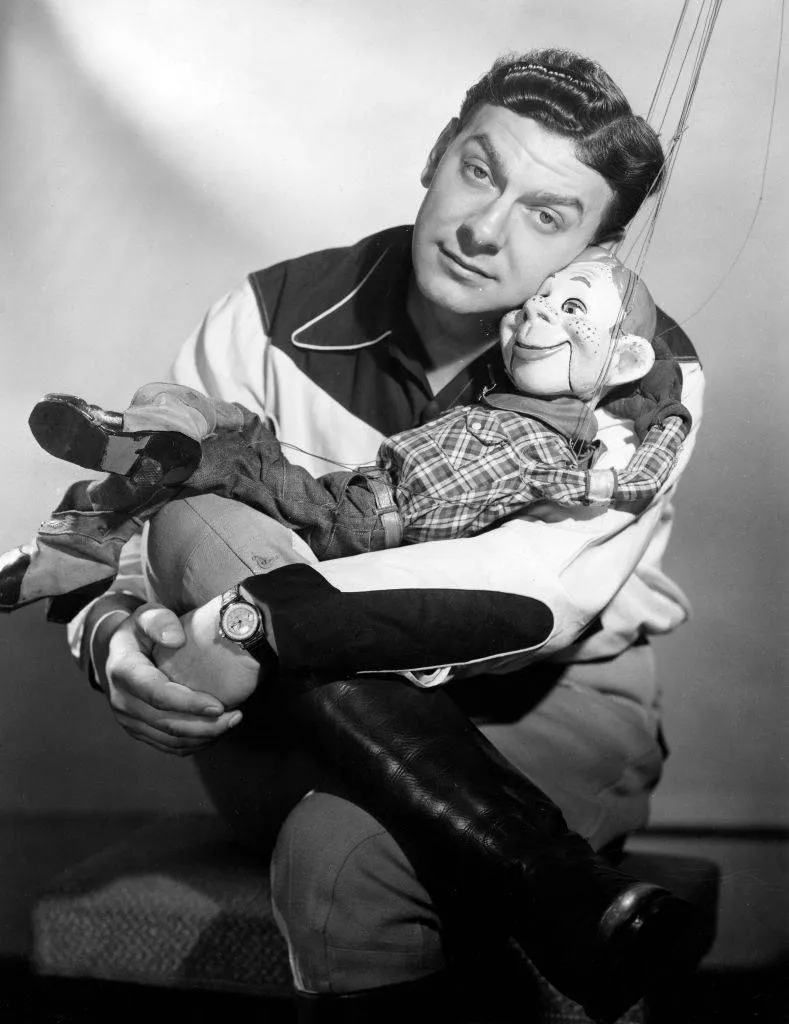
In comparison to its American counterpart, which had a Western theme, Canadian Howdy Doody had a Northern theme, taking place in the woods as opposed to the "wild wild West." Timber Tom often had to be played by different actors and at one point, William Shatner filled in as "Ranger Bob."
The Canadian version was also a lot less wild than the American one. With a more educational adaptation, the stories were tamer and their villains weren't quite as evil. Also, just as the American Howdy Doody inspired the Peanuts cartoons, Canadian Howdy Doody inspired another popular show.
Dr. Who And Howdy Doody
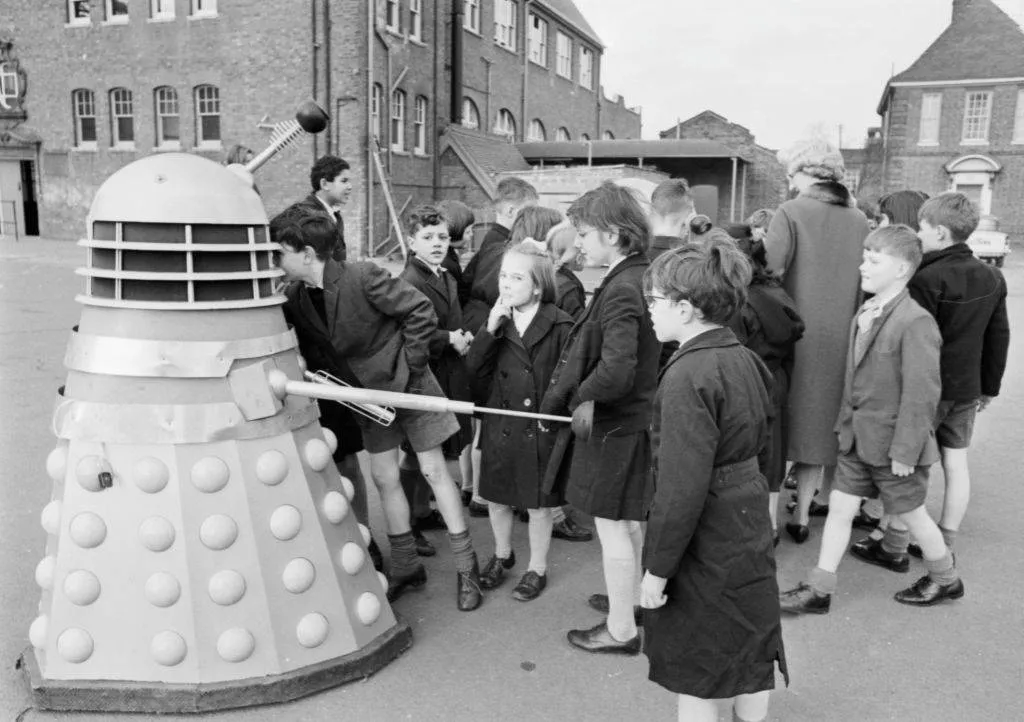
This seems a little far off, but you'd be surprised to learn that Dr. Who was inspired by Howdy Doody. Like the American version, the Canadian counterpart featured a puppet named Mr. X, although both puppets were totally unrelated. Canada's Mr. X traveled through time and space in his "Whatsis Box" to teach children about history.
Sound familiar? The concept was picked up by Sydney Newman who back then was head of programming at CBC and oversaw the production of Canada's Howdy Doody. Newman thus created Dr. Who, featuring an alien doctor who travels through time and space in his police box called TARDIS. Unfortunately for Mr. X, he didn't last long on Howdy Doody because parents thought he was too scary for kids.
Howdy Doody Learns Spanish
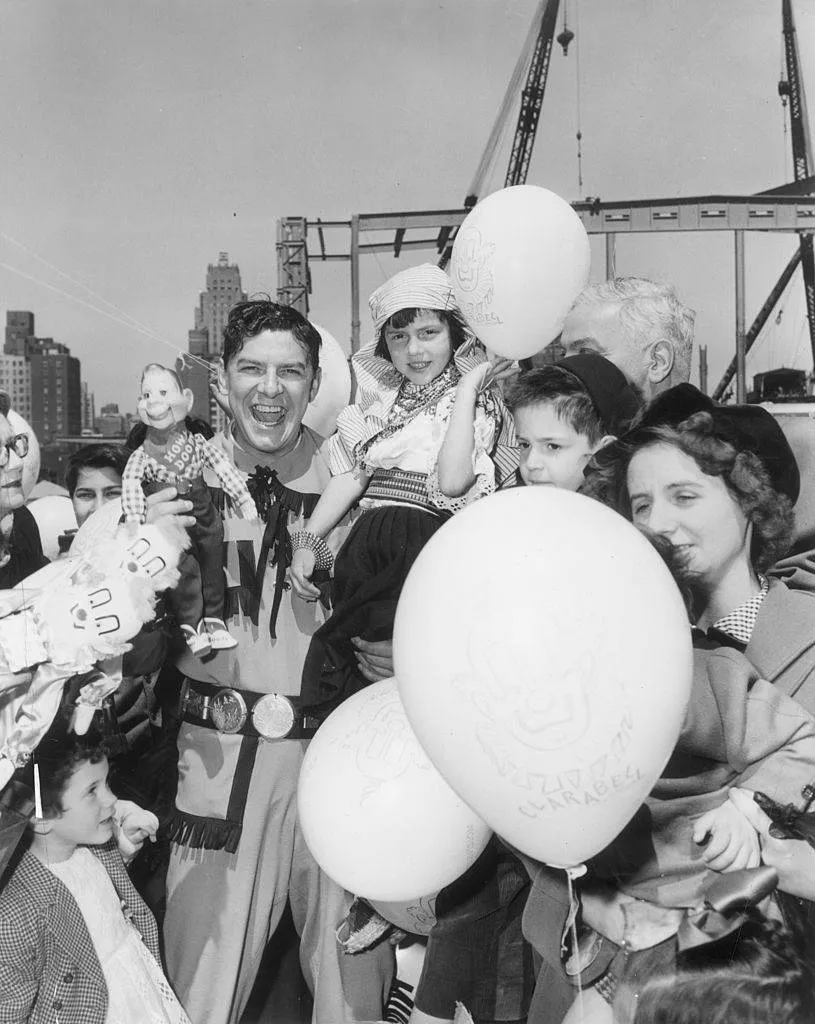
Just like our neighbors of the north, our neighbors down south had their own version of Howdy Doody as well. The Kagran Corporation helped produce the original Howdy Doody with NBC, so in March of 1953, they also worked to get a Spanish-language version of the show. Thus, La Hora de Jaudi Dudi was born. Unlike the Canadian version that featured a similar main puppet, Mexico's version had a freckle-less puppet named Don Burro.
The show was a hit for Spanish viewers and months later, it was extended to Cuba with plans to be distributed throughout Latin America.
Judy Tyler and Her Offstage Behaviors
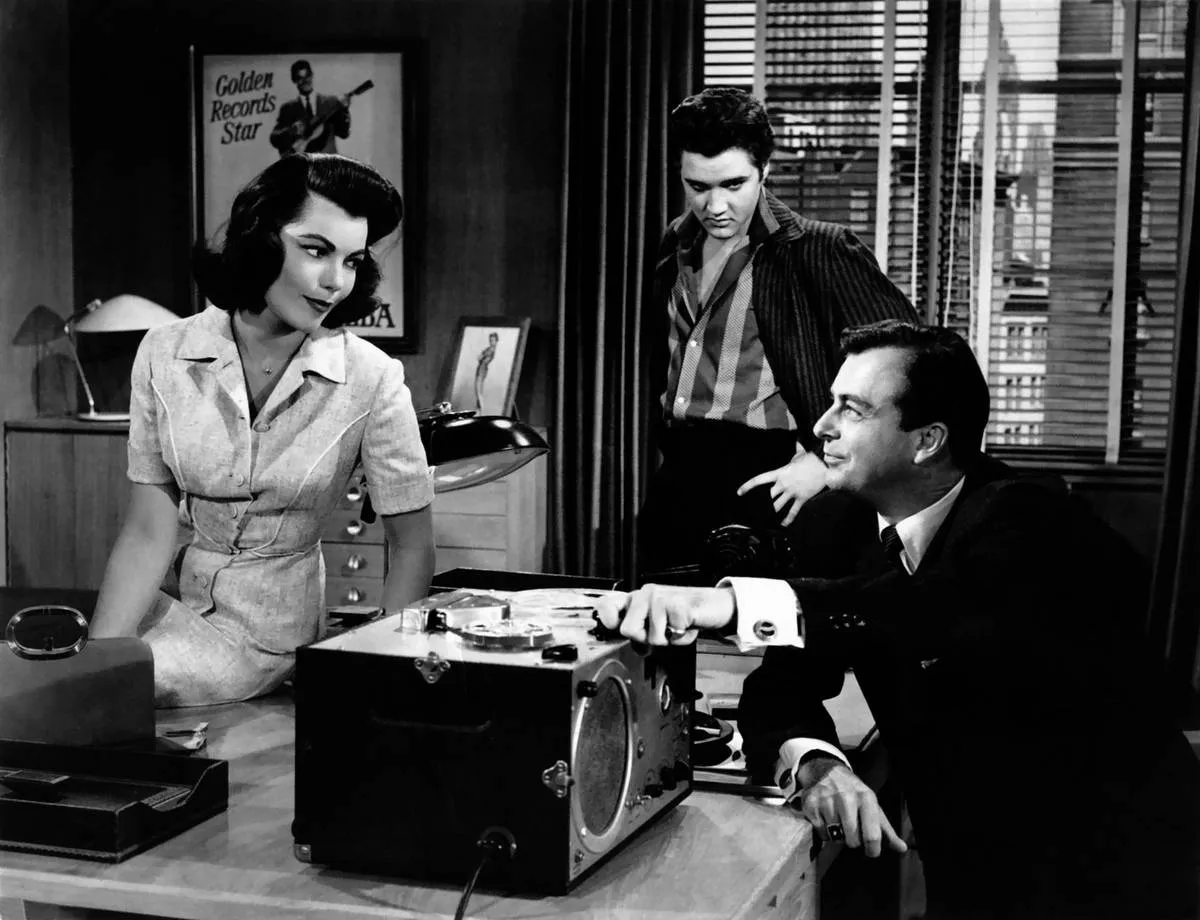
Princess Summerfall Winterspring was the character Judy Tyler played on Howdy Doody. On the show, the princess was a symbol of purity, but offstage, the princess had a foul mouth and enjoyed drinking. She also had a reputation for taking off her clothes and dancing on tables for the entertainment of her cast members.
She wasn't the only citizen of Doodyville to get a little crazy. During rehearsals, the cast would play with the puppets in odd ways which would confuse the children who were scheduled for random tours of the studio.
Bob Was Known to Hit Little Children

Back in the fifties commercials were live, so the children who were in the studio watching the show had to sit quietly while Bob worked through commercial breaks. Once during a Tootsie Rolls commercial, a little boy interrupted loudly to tell everyone he was allergic to chocolate. "I wanted to smack that kid," said Bob.
Another incident occurred when Bob was filming a commercial for Kellogg's Rice Krispies. Each time the camera would zoom in on the box of cereal in his hands, a little boy behind him would say "hello" and wave his hand right in front of the box. "When the commercial was over, I was so angry at this kid that I took the box and swung it around to the left—I just wanted to hit him in the face a little, to remind him not to do that anymore. As I did, he ducked, and the sweetest little girl got the box right in her face and got a bloody nose," said Bob.









